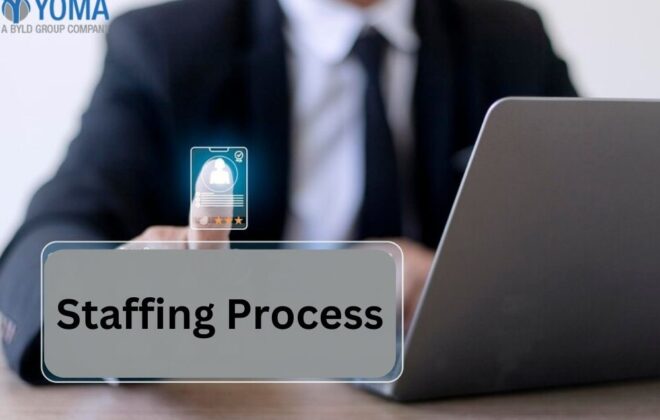
Payroll Management can Regulate Performance Management

Article Content
Overview
Some might think that payroll management is just about paying wages to the employees. However, the process goes beyond this, and it has more to do with how engaged employees are and if their performances are up to the mark. Payroll management is the process of making sure that the employer stays motivated and focused on their own. It is also a process by which a company shows how they are responsible and committed to the workforce and fulfill their obligations by providing them with the financial rewards they deserve according to their work. All these processes should be regulated and should be continuous. Any interruption would disrupt the way work is done and reduce the company’s productivity.
Some Methods of Payroll Management
Payroll management is critical to the business because it increases employee engagement and regulates all policies and other legal procedures. Without an efficient payroll system, which includes paying taxes and maintaining records regarding the employees, the company can lose valuable assets within a short period. There are some specific methods of a payroll management system.
Manual payroll – The system records employee data manually, using spreadsheets. The sheets record all the costs and savings and can make many mistakes when calculating taxes and salaries, which may cost the company a lot of money or decrease an employee’s motivation.
Payroll Management Technology – The other way is to use a payroll management system that uses technology and software that saves a lot of time and costs. Administration saves a lot of time when electronic calculations take place, which has a minimum space for errors. It deducts the taxes and any other form of payment before processing the employee’s wages.
Payroll agencies – Several payroll agencies with experts and financial management can calculate the payrolls and manage the employee performance cycle. These are the best methods to regulate your payroll and provide smooth processing.
Payroll System and Employee Management
We all look forward to our salaries and are always dissatisfied when we do not get the amount we deserve. Some companies must calculate our salaries as the systems don’t work correctly or the human resource department is under much pressure. This is demotivating as we do not want to choose something we already deserve. Therefore, Payroll Management under General Staffing Services is essential to regulate employee engagement in the company. If something goes wrong, the employer is more worried about the salary than concentrating on the work. This means that their engagement and their relationship with the company sours. Therefore, the company must take expert external help to regulate the payroll and understand the performance of the employees.
Ideally, the payroll management process has three different stages. And begins
The first stage is where the company’s policies and the government’s regulations are defined. It also describes any leaves, new hires, and additional taxes that can be taken into. It also includes the onboarding process of new employees and calculates the benefits and taxes.
The second part is about calculating the gross pay and any possible deductions. The last is about hospitals where employees deposit their taxes by the due date, and compensation of employees takes place.
Conclusion
Payroll management can be a complicated and confusing process. It requires financial managers and experts in the industry to be in tune with the policy changes to ensure wages are calculated accurately and other taxes are paid. Any compliance that is not taking place may result in a reduction of performance and a competitive advantage.
Related Posts





